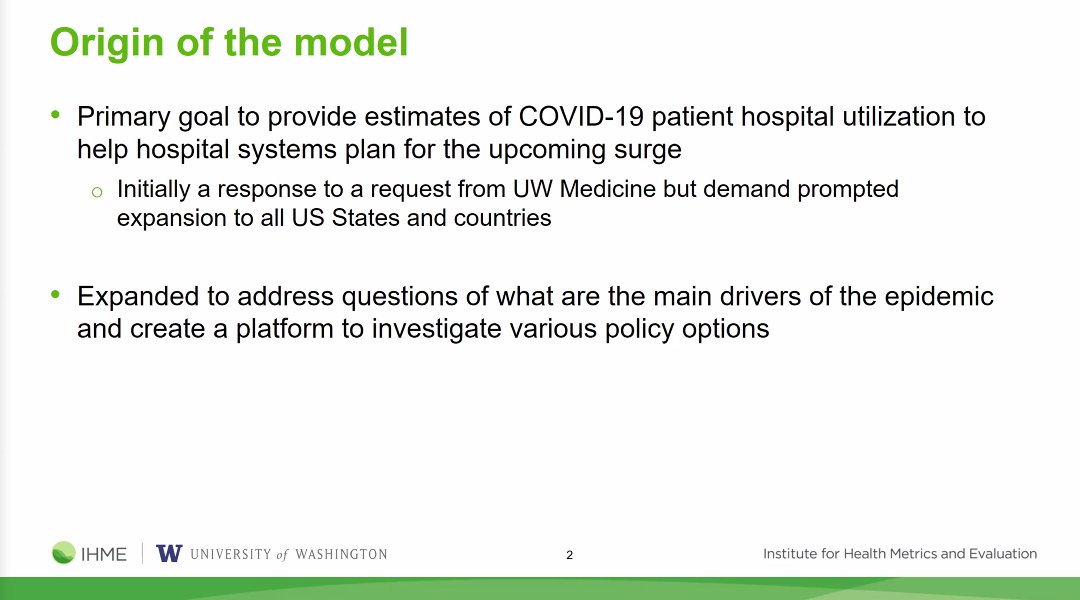
Our #COVID19 model and our methods are now publicly available in @NatureMedicine. Congratulations to our team, who have been working around the clock on this.
Read the #openaccess article: bit.ly/naturecovidmod…
Read the #openaccess article: bit.ly/naturecovidmod…

🚨IMPORTANT🚨 The Nature Medicine article is best used as a guide to our forecasting methods. Our most up-to-date view on the pandemic is reflected in our public model, which currently extends to Feb 1.
View the latest update: covid19.healthdata.org/united-states-…
View the latest update: covid19.healthdata.org/united-states-…
Our forecasts are helping national and state-level decision-makers make more informed decisions on how to confront the pandemic at the local level.
Our US #COVID19 model was published today in @naturemedicine: bit.ly/naturecovidmod…
Our US #COVID19 model was published today in @naturemedicine: bit.ly/naturecovidmod…

We focused on 3 scenarios that will determine the course of #COVID19 in the US: easing mandates, a reference scenario (what is likely to happen), and universal mask use. Under all 3, we’ll likely continue to face a public health challenge well into 2021. bit.ly/naturecovidmod… 

Our findings indicate that universal mask use – an affordable and low-impact intervention – can save lives. While 95% mask use seems high, places where it’s been implemented have seen a decline or halt in transmission in many places around the world. bit.ly/naturecovidmod… 

It’s hard to overstate the life-saving benefit of increasing mask use in the coming months. US residents will need to choose: wear a mask, or risk stringent and economically-damaging mandates – or, in the absence of either, an even higher death toll. bit.ly/naturecovidmod… 

Our #COVID19 projections will be extended to March 1, 2021 in early November.
For the most up-to-date projections on the pandemic, we recommend consulting our public #COVID19 Projections visualization tool: covid19.healthdata.org
For the most up-to-date projections on the pandemic, we recommend consulting our public #COVID19 Projections visualization tool: covid19.healthdata.org
We want to express our utmost appreciation to @naturemedicine for their fast turn around on getting this article published.
Read the #openaccess article: bit.ly/naturecovidmod…
Read the #openaccess article: bit.ly/naturecovidmod…

More #COVID19 resources:
🆕healthdata.org/covid/updates
🔎healthdata.org/covid/faqs
⬇️healthdata.org/covid/data-dow…
📣healthdata.org/covid/press-re…
🆕healthdata.org/covid/updates
🔎healthdata.org/covid/faqs
⬇️healthdata.org/covid/data-dow…
📣healthdata.org/covid/press-re…

• • •
Missing some Tweet in this thread? You can try to
force a refresh













